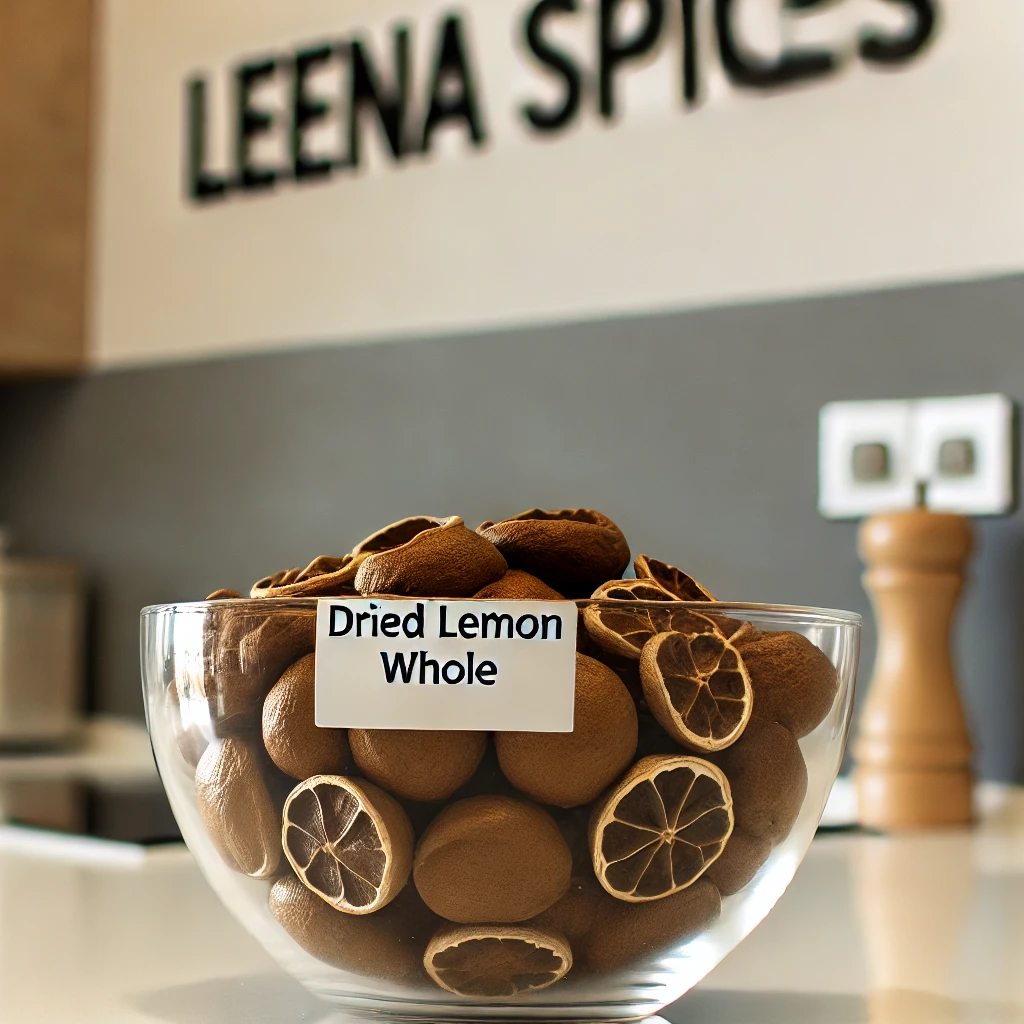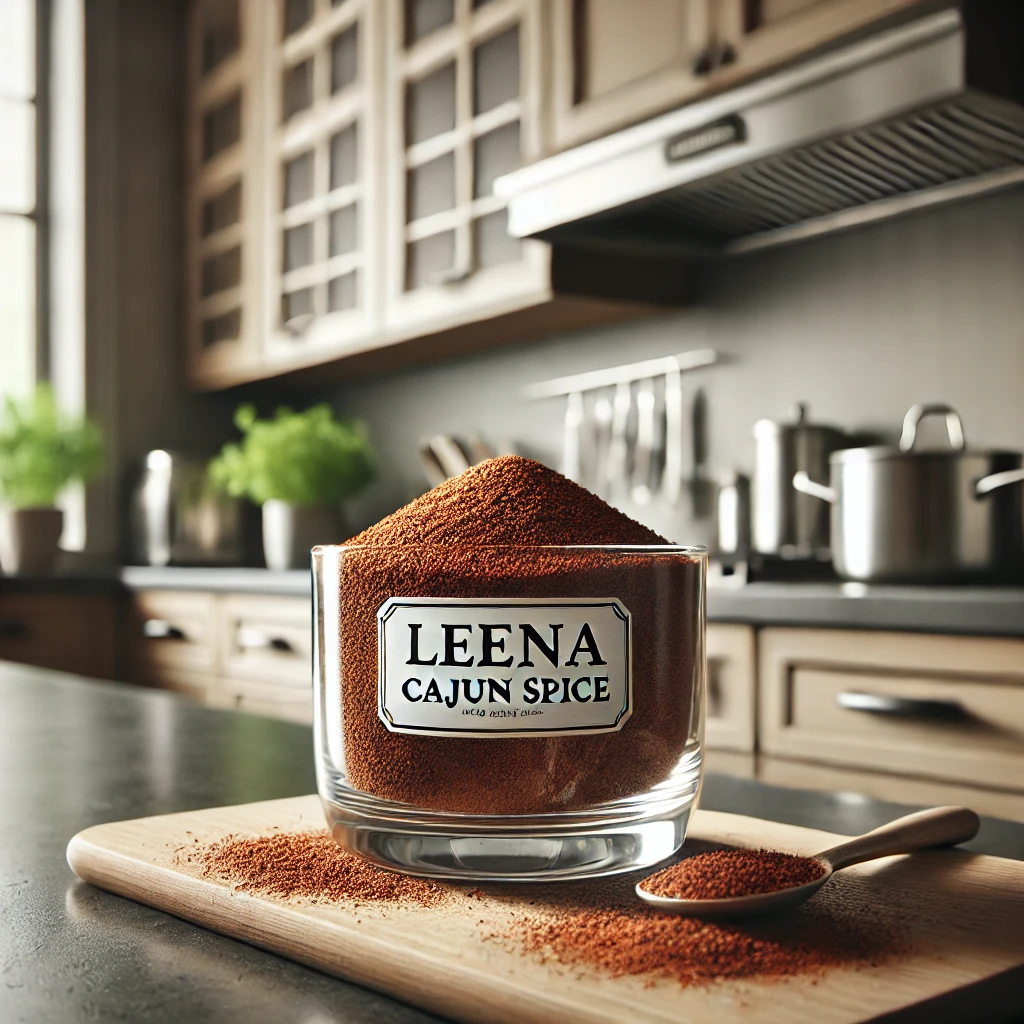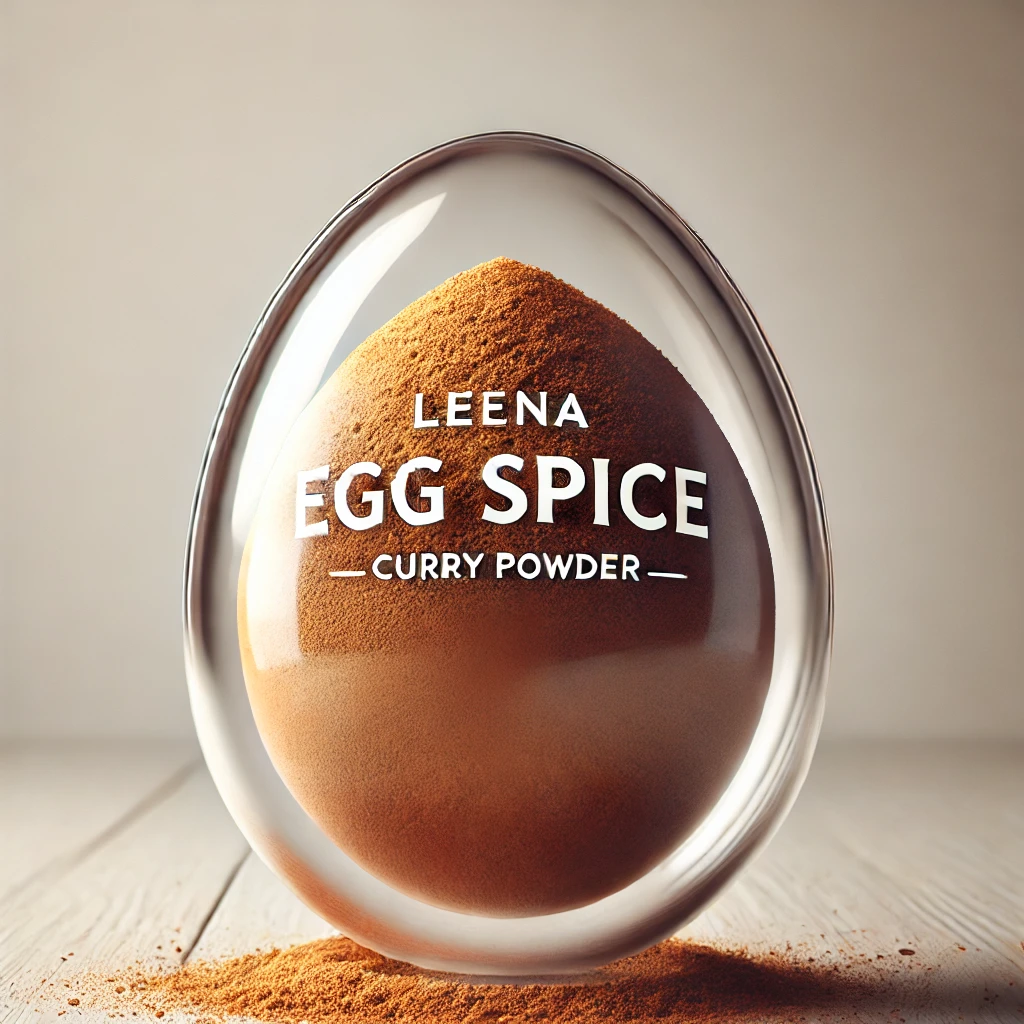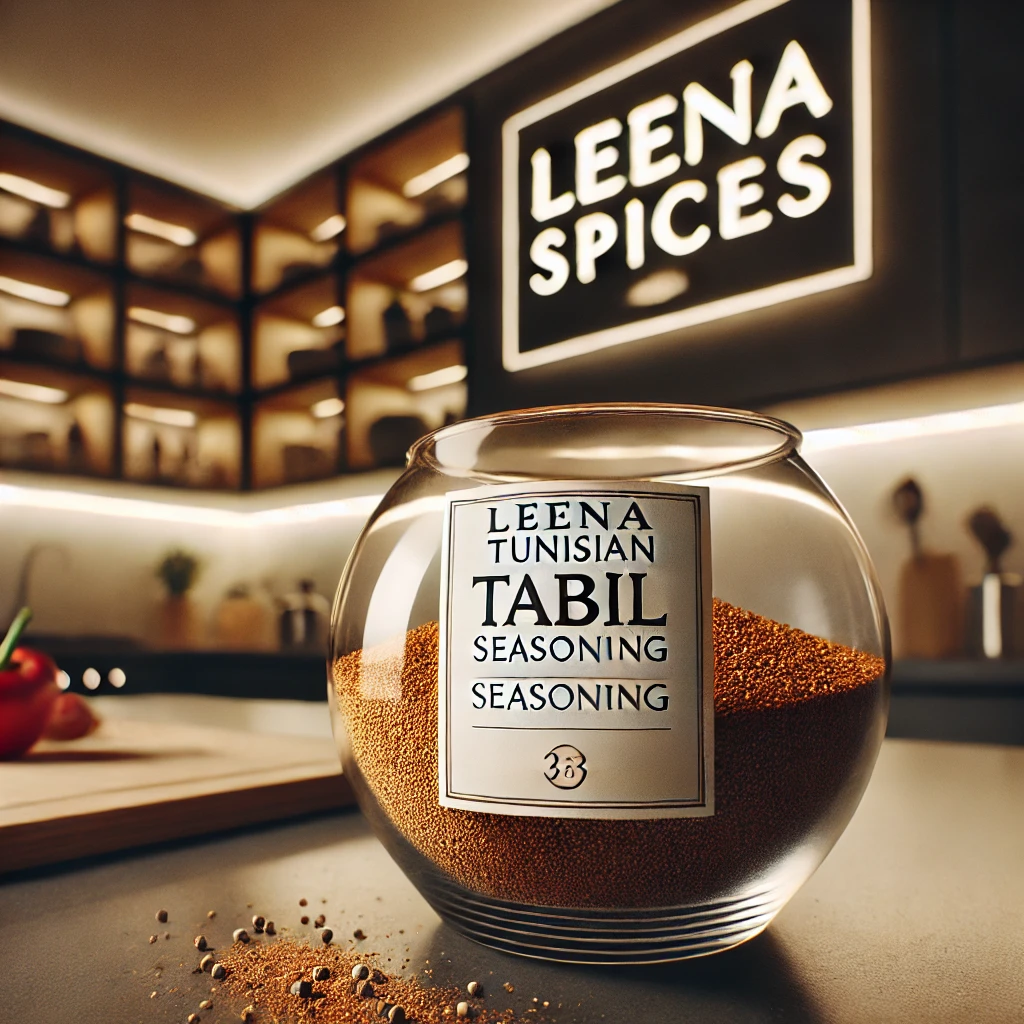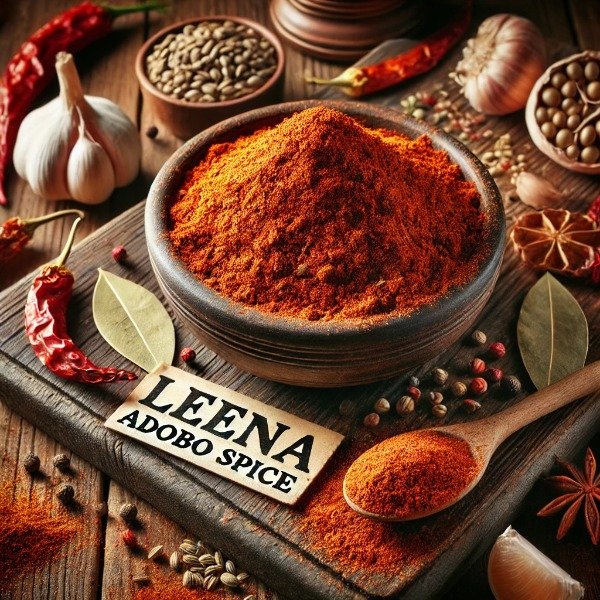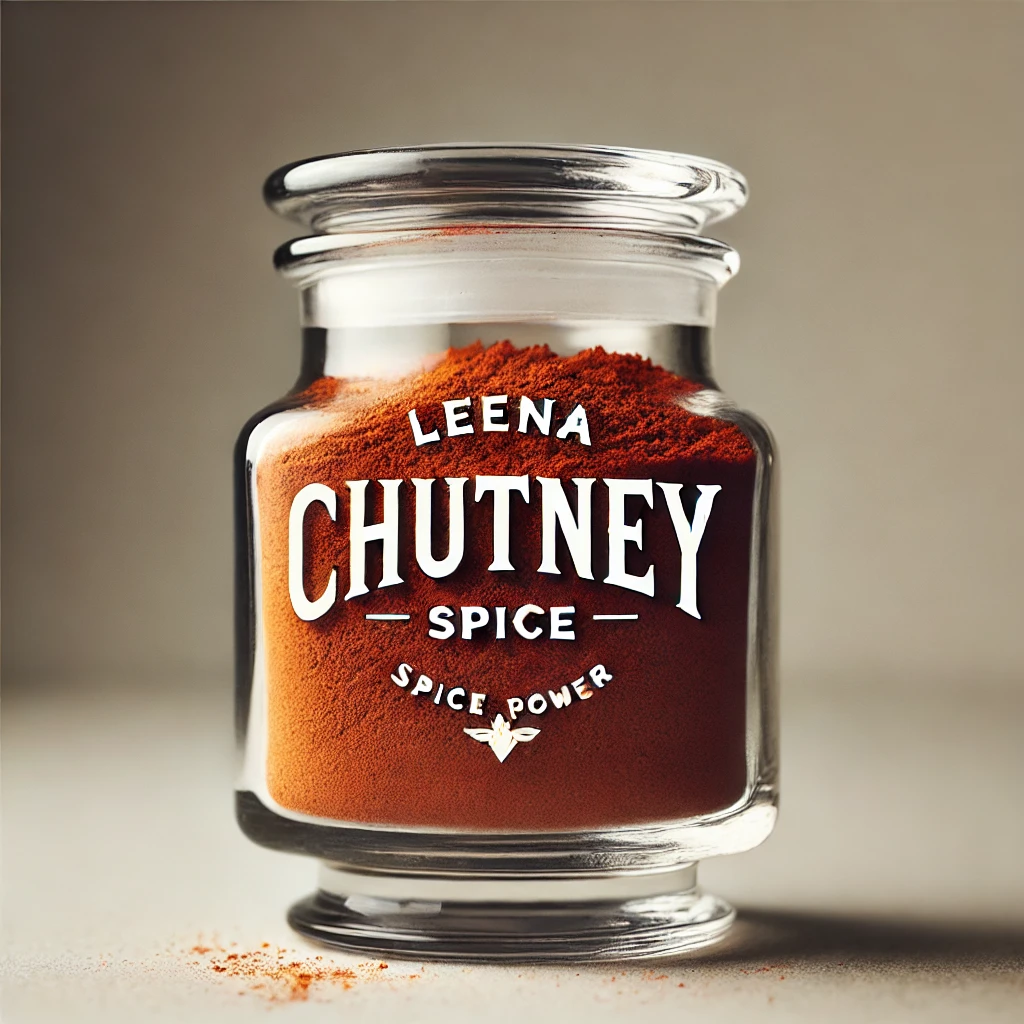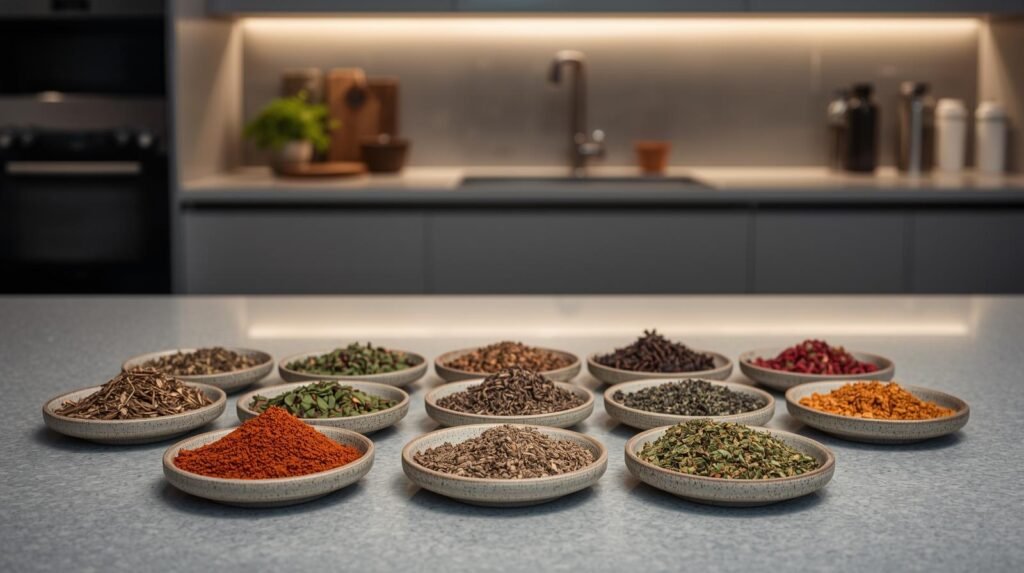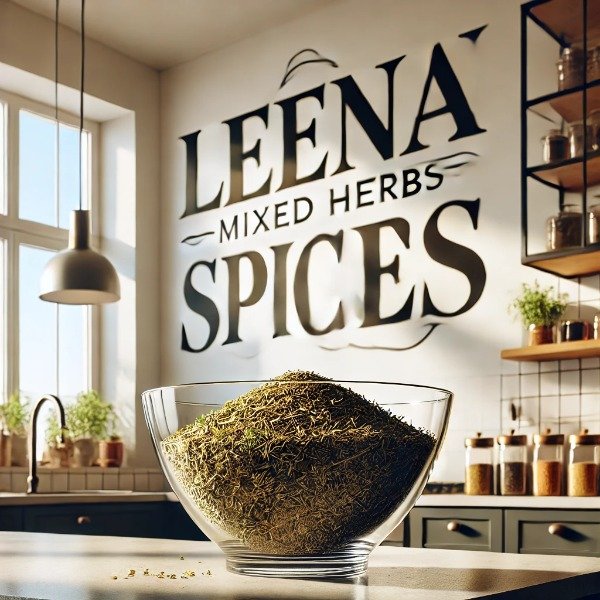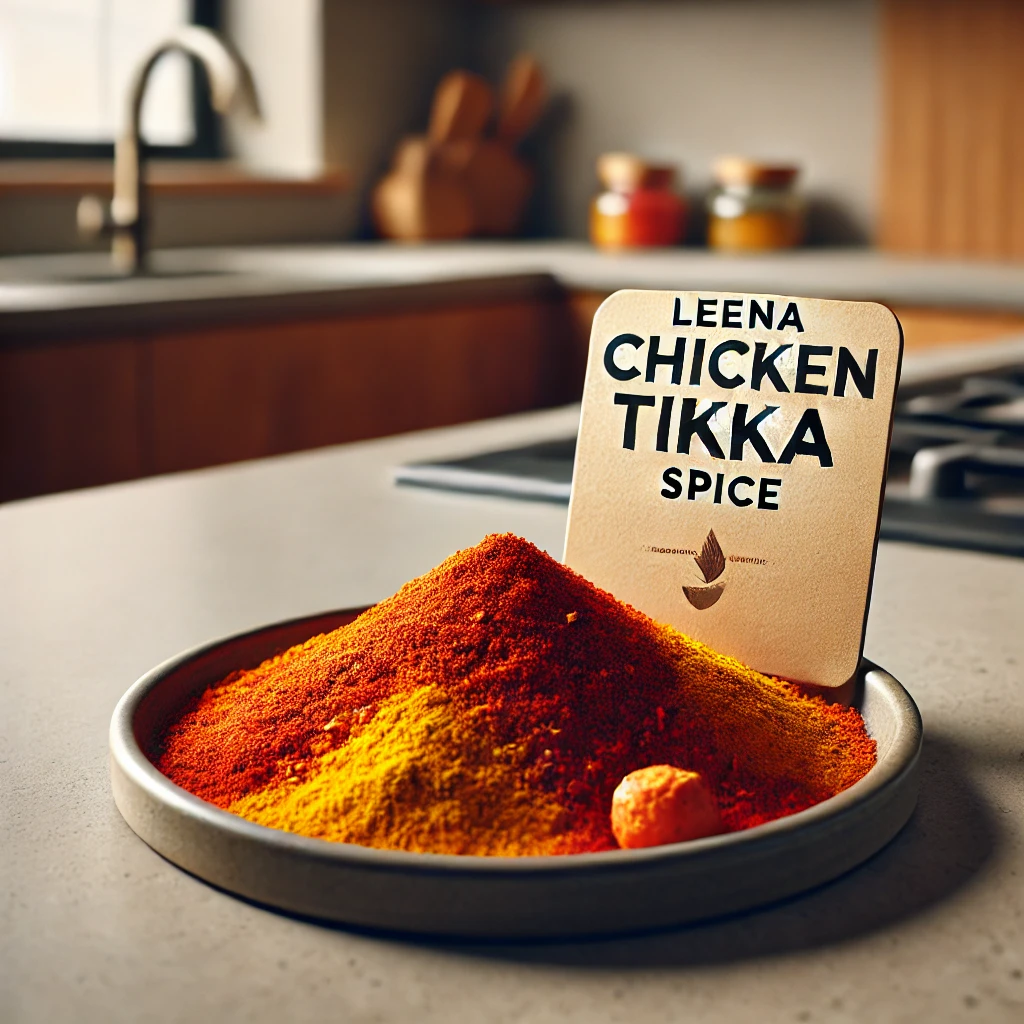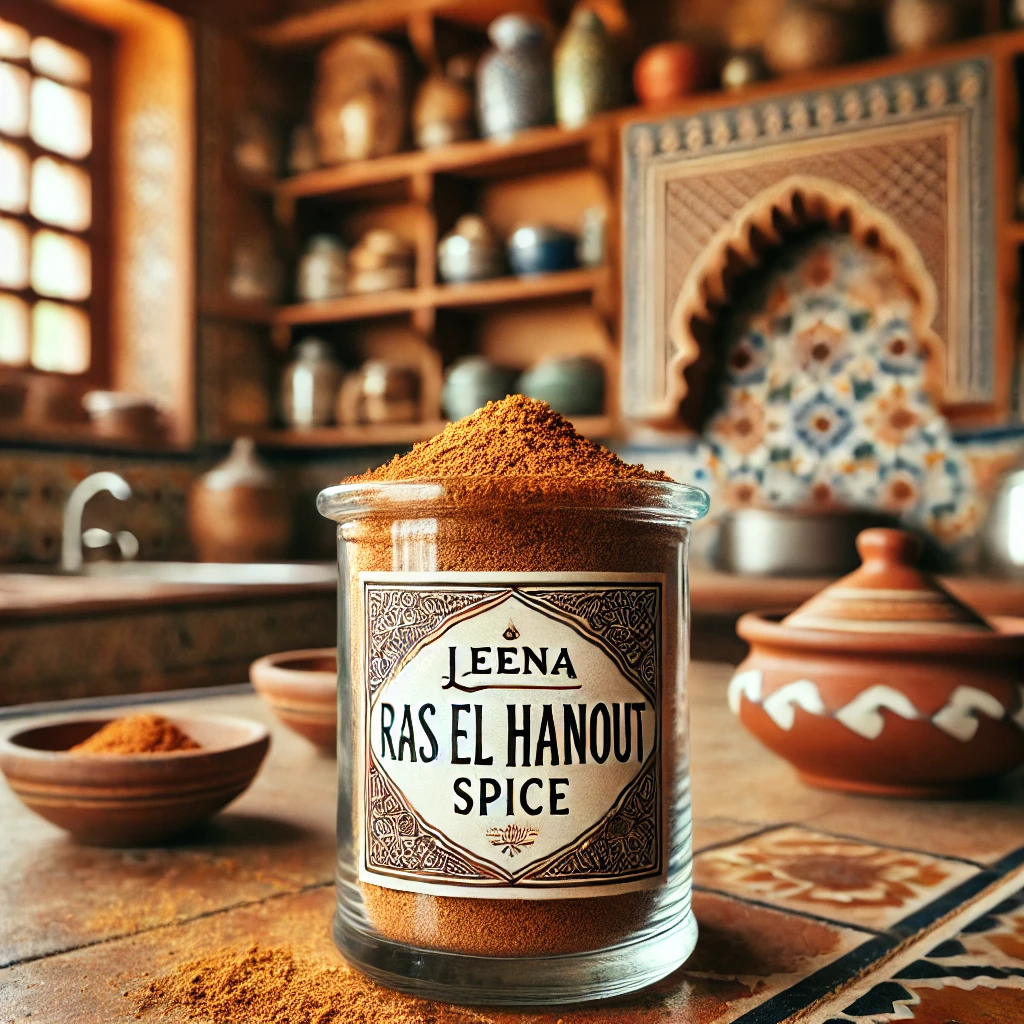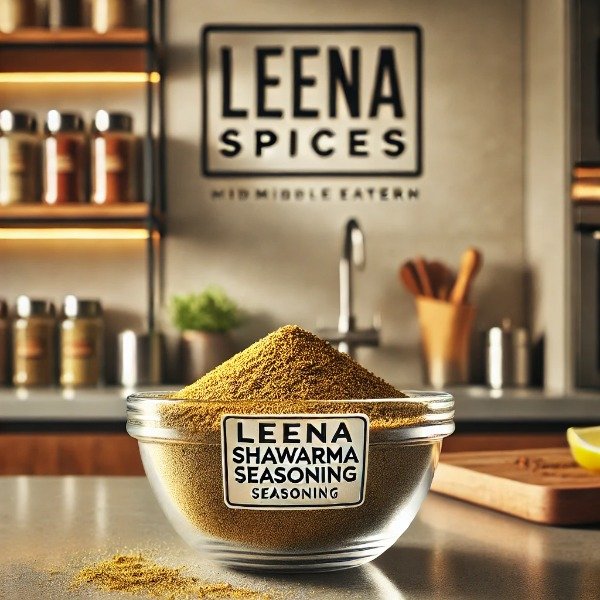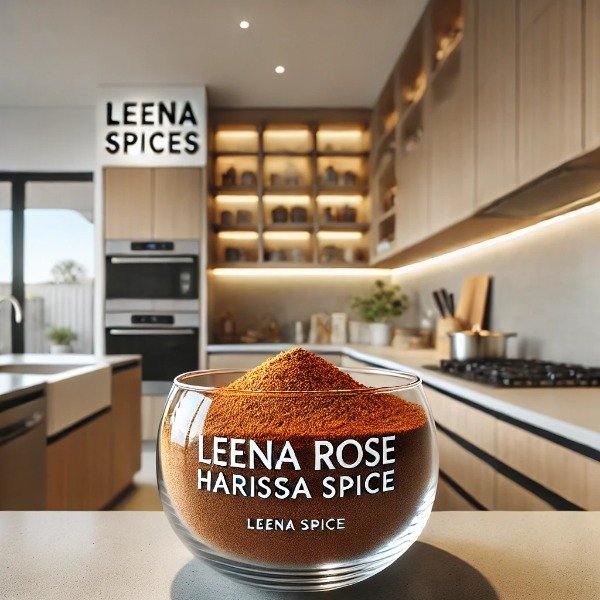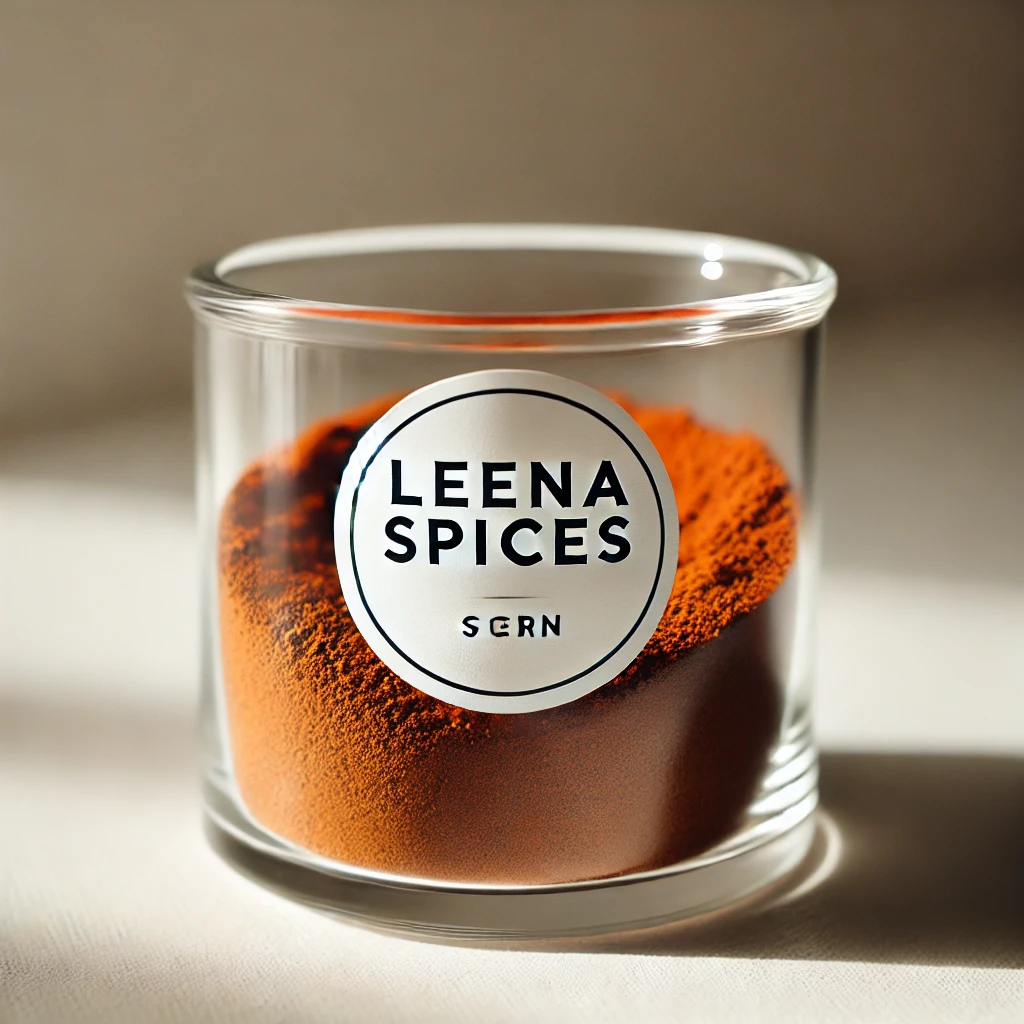Aleppo Pepper What is it - 10 Best Ways To Use at Home
Table of Contents
- What is Aleppo Pepper
- What is History and Origin of Aleppo Pepper
- Characteristics of Aleppo Pepper
- What Are Nutritional Benefits of Aleppo Pepper
- How Aleppo Pepper Compares to Other Peppers
- Chili Pepper Comparison Table
- Growing and Harvesting Aleppo Pepper
- How to use Aleppo Pepper
- 10 Best Foods with Aleppo Pepper to Spice Up Your Cooking
- Conclusion
- Frequently Asked Questions (FAQs) About Aleppo Pepper
What is Aleppo Pepper
Aleppo pepper, also known as Turkish chili, or pul biber originates from the ancient city of Aleppo in Syria and is made from the sun-dried, crushed Halaby chili pepper. What sets it apart from conventional red pepper flakes is its milder heat level, balanced by a subtle sweetness and a distinctive cumin-like earthiness. This unique flavor profile makes Aleppo pepper a versatile and refined seasoning that enhances dishes without overwhelming them.
What is History and Origin of Aleppo Pepper
Aleppo pepper originates from the ancient city of Aleppo in northern Syria—one of the world’s oldest continuously inhabited cities. The pepper, named after the city itself, has been cultivated and used in local cuisine for centuries.
Its popularity grew as it spread through neighboring regions via trade routes, especially into Turkey, where it is commonly referred to as “Turkish chili” or “Pul Biber.” Unlike many hot peppers that focus purely on heat, Aleppo pepper was prized for its balanced flavor.
Today, Aleppo pepper remains a cornerstone of Middle Eastern cooking, used in everything from meat rubs to stews. Its unique flavor profile has also attracted global interest, earning it a spot in modern kitchens and gourmet pantries around the world.

Characteristics of Aleppo Pepper
- Color: A vivid, deep red hue that adds visual appeal to any dish.
- Texture: Typically found in semi-moist, coarse flakes that are slightly oily to the touch, enhancing both aroma and flavor.
- Flavor Profile: Offers a balanced, mild heat with fruity notes, gentle smokiness, and subtle hints of sun-dried tomato and cumin-like earthiness.
- Heat Level: Ranges between 10,000 and 30,000 Scoville Heat Units (SHU)—milder than cayenne, making it approachable for most palates.
What Are Nutritional Benefits of Aleppo Pepper?
Beyond its bold flavor and culinary versatility, Aleppo pepper offers several noteworthy health benefits. This spice is more than just a seasoning—it’s a source of essential nutrients that can support overall well-being.
- Rich in Vitamins: Aleppo pepper is a natural source of vitamin C, which supports immune function and skin health, and vitamin A, crucial for eye health, cell growth, and maintaining healthy skin.
- Antioxidant Power: It contains powerful antioxidants, including carotenoids and flavonoids, which help protect the body from oxidative stress and may reduce the risk of chronic diseases.
- Anti-Inflammatory Properties: The capsaicin found in Aleppo pepper—though milder than in hotter chilies—has been shown to help reduce inflammation and may aid in pain relief.
- Supports Metabolism: Like other chili peppers, Aleppo pepper can help stimulate metabolism, which may support weight management efforts when included in a balanced diet.
Incorporating Aleppo pepper into your meals not only enhances flavor but also contributes to a healthier lifestyle.
How Aleppo Pepper Compares to Other Peppers
Aleppo pepper distinguishes itself from other commonly used chili peppers through its balanced heat and nuanced flavor profile. While cayenne pepper delivers a sharp, intense heat—often overpowering more delicate ingredients—Aleppo pepper offers a gentler warmth that enhances rather than dominates a dish.
In contrast to paprika, which ranges from sweet to smoky depending on the variety, Aleppo pepper combines the best of both worlds. It brings a subtle fruitiness, mild smokiness, and a touch of earthiness, making it suitable for both savory and mildly sweet applications.
Its Scoville Heat Units (10,000–30,000 SHU) place it comfortably between the mild warmth of paprika and the fiery kick of cayenne. This makes Aleppo pepper ideal for cooks seeking depth of flavor without overwhelming spice—perfect for seasoning meats, vegetables, stews, and even salad dressings.
In short, Aleppo pepper offers an approachable yet complex alternative to hotter or more one-dimensional spices, earning its place as a must-have in modern kitchens.
Chili Pepper Comparison Table
🌶️
| Pepper Type | Origin | Scoville Heat Units (SHU) | Flavor Profile | Common Uses |
|---|---|---|---|---|
| Aleppo Pepper | Syria / Turkey | 10,000 – 30,000 | Mild heat, fruity, tangy, slightly smoky | Grilled meats, veggies, dips, Middle Eastern dishes |
| Cayenne | Global | 30,000 – 50,000 | Hot, sharp, earthy | Hot sauces, stir-fries, marinades |
| Paprika | Hungary / Spain | 250 – 1,000 (sweet) | Sweet, smoky (if smoked), mild | Stews, goulash, deviled eggs |
| Chili Flakes | Various | 30,000 – 50,000 | Hot, dry, pungent | Pizza, pasta, stir-fries |
| Ancho Chili | Mexico | 1,000 – 2,000 | Sweet, smoky, raisin-like | Mole, stews, sauces |
| Chipotle | Mexico | 2,500 – 8,000 | Smoky, earthy, mildly hot | BBQ sauces, tacos, chili |
| Poblano (fresh) | Mexico | 1,000 – 1,500 | Mild, earthy, slightly bitter | Roasted, stuffed peppers (chiles rellenos) |
| Serrano | Mexico | 10,000 – 23,000 | Bright, biting heat | Salsas, guacamole, hot sauces |
| Jalapeño | Mexico / USA | 2,500 – 8,000 | Mild heat, crisp, grassy | Nachos, burgers, poppers |
| Bird’s Eye | Southeast Asia | 50,000 – 100,000 | Very hot, sharp, pungent | Thai curries, stir-fries, spicy sauces |
Growing and Harvesting Aleppo Pepper
Growing and harvesting Aleppo pepper is a time-honored practice rooted in generations of agricultural knowledge. The peppers, derived from the Halaby chili variety, are cultivated in warm climates with plenty of sunlight and well-drained soil conditions ideal for developing their deep color and rich flavor.
The harvesting process begins once the peppers reach full ripeness, turning a vibrant red hue. This stage is crucial, as the flavor compounds and natural sugars are most concentrated at this point. Once picked, the peppers undergo sun-drying, a traditional technique that preserves their bold taste while intensifying their natural oils and aroma.
After drying, the peppers are typically de-seeded and coarsely ground, resulting in the signature texture and deep red flakes known as Aleppo pepper. This careful, time-tested process ensures a spice that retains not only its culinary appeal but also its nutritional integrity.
How to use Aleppo Pepper
Aleppo pepper’s versatility makes it a favorite among chefs and home cooks alike. Whether you’re aiming for savory, smoky, or sweet, this unique chili flake can elevate any dish. Below are the 10 best foods with Aleppo pepper that showcase its full culinary magic:
10 Best Foods with Aleppo Pepper to Spice Up Your Cooking
1. Aleppo Pepper Chicken
Marinated with olive oil, lemon juice, garlic, and Aleppo pepper, this chicken dish is tender, juicy, and full of flavor. The mild heat and deep red hue of the pepper add both visual appeal and rich, aromatic warmth.
2. Roasted Vegetables with Aleppo Pepper
A colorful medley of carrots, zucchini, and bell peppers tossed in olive oil, sea salt, and Aleppo pepper before roasting. The result? Sweet, smoky, caramelized vegetables with a mild kick.
3. Aleppo Pepper Hummus
Give classic hummus an exciting twist by blending in Aleppo pepper. It adds a subtle smoky spice that complements the creamy chickpea base beautifully.
4. Aleppo Pepper-Spiced Lamb Kebabs
Ground lamb seasoned with cumin, coriander, garlic, and Aleppo pepper, then skewered and grilled. The result is succulent, spicy kebabs packed with flavor.
5. Aleppo Pepper Pizza
Upgrade your next pizza night by sprinkling Aleppo pepper over your toppings before baking. It adds a unique depth of flavor without overpowering the cheese or sauce.
6. Aleppo Pepper Rubbed Steak
Mix Aleppo pepper with herbs and sea salt to create a bold dry rub. Grill the steak to perfection, and enjoy a crispy, flavorful crust with every bite.
7. Aleppo Pepper-Crusted Fish
Add crunch and flavor to baked fish by coating it with breadcrumbs, lemon zest, and Aleppo pepper. The mild spice perfectly complements the delicate fish.
8. Aleppo Pepper and Honey Glazed Carrots
Roast carrots in a glaze of honey and Aleppo pepper for a sweet and spicy side dish that balances out richer mains.
9. Aleppo Pepper Eggs
Brighten up your breakfast by adding Aleppo pepper to scrambled eggs, omelets, or poached eggs. It gives just enough heat to wake up your taste buds.
10. Aleppo Pepper Chocolate Bark
Yes, you read that right. Aleppo pepper and dark chocolate are a surprisingly harmonious pair. The pepper’s subtle warmth enhances the richness of the chocolate for a gourmet treat.
Conclusion
Aleppo pepper is more than just a spice, it’s a culinary game-changer. Its mild heat, fruity undertones, and smoky depth make it one of the most versatile and flavorful ingredients you can have in your kitchen. Whether you’re a seasoned chef or a passionate home cook, adding Aleppo pepper to your recipes will elevate everyday dishes into unforgettable meals.
Frequently Asked Questions (FAQs) About Aleppo Pepper
1. What is Aleppo pepper?
Aleppo pepper is a coarsely ground chili flake originating from Aleppo, Syria. It is known for its moderate heat, fruity flavor, and subtle smokiness, making it a versatile spice in Middle Eastern and global cuisines.
2. How spicy is Aleppo pepper compared to other chili peppers?
Aleppo pepper has a moderate heat level, ranging from 10,000 to 30,000 Scoville Heat Units (SHU). It is milder than cayenne but hotter than paprika, offering a balanced and approachable spice.
3. Can Aleppo pepper be used as a substitute for crushed red pepper flakes?
Yes, Aleppo pepper can substitute crushed red pepper flakes, especially when you want a milder, fruitier, and less aggressive heat. However, the flavor profiles differ, so results may vary slightly.
4. How should I store Aleppo pepper to maintain freshness?
Store Aleppo pepper in an airtight glass container, kept in a cool, dry place away from sunlight. Refrigeration can extend its shelf life, especially in warm or humid climates.
5. Is Aleppo pepper safe for people with sensitive stomachs?
Due to its moderate heat, Aleppo pepper is generally gentler than hotter chilies. However, individuals with sensitive stomachs should use it sparingly and consult a healthcare provider if concerned.
6. Where can I buy authentic Aleppo pepper?
Authentic Aleppo pepper can be purchased from specialty spice shops, Middle Eastern markets, and trusted online retailers. Look for products sourced from Turkey or Syria labeled as “Aleppo-style” or “Halaby pepper.”
7. Can I grow Aleppo chili peppers at home?
Yes, Aleppo chili peppers can be grown at home, particularly in warm climates. They thrive in well-drained soil with full sun exposure and should be transplanted outdoors after the last frost.
8. What dishes pair well with Aleppo pepper?
Aleppo pepper complements a wide range of dishes, including grilled meats, roasted vegetables, dips like hummus, pizza, and even sweet recipes like chocolate bark.



